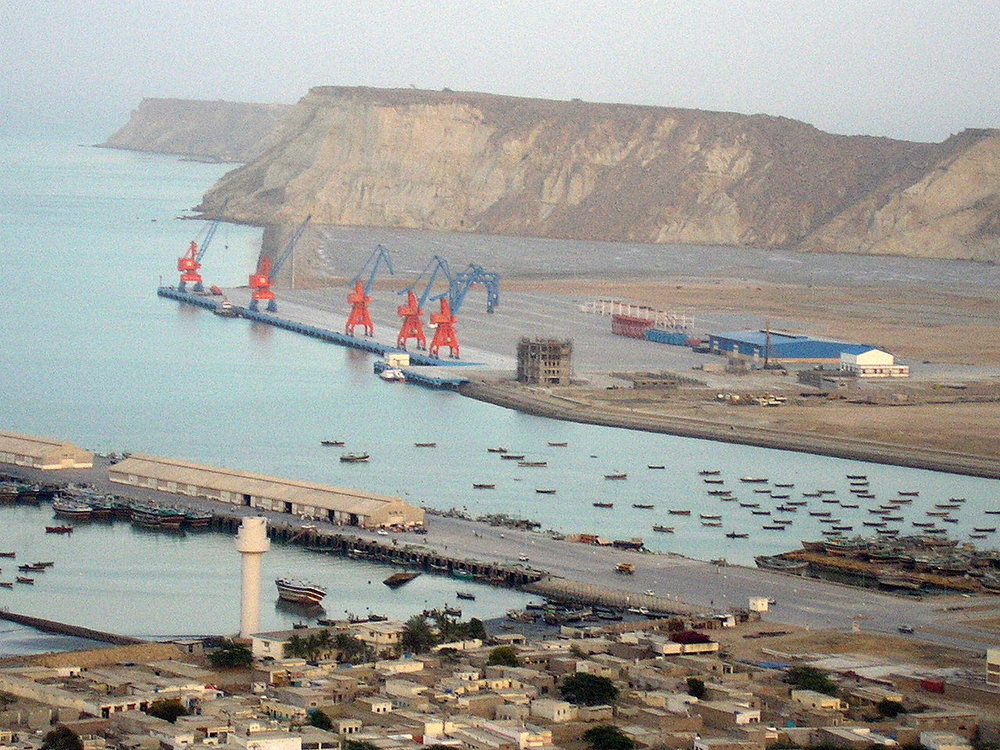Freight Waves: Five years in, China’s Belt and Road looks like a giant debt trap
China has already played a fairly heavy-handed role in dictating credit terms favorable to itself, and there’s increasing reason to believe that the BRI, as it’s called, could function as a huge debt trap to bring developing countries further under China’s heel.
Five years in, China’s Belt and Road looks like a giant debt trap
There’s mounting pushback among developing nations that China’s ambitious infrastructure project, the Belt and Road Initiative, is a debt trap. Countries using Chinese financing have seen public debt soar to unsustainable levels, and they’re increasingly worried about asset seizures.
The Belt and Road Initiative, if it’s fully realized, would cover more than 68 countries, including 65% of the world’s population and 40% of global GDP. The total invested capital could reach $1T, but crucially this isn’t simply spent by China and the multilateral development banks hatched in Beijing, but would be loaned to governments of the nations hosting the infrastructure. China has already played a fairly heavy-handed role in dictating credit terms favorable to itself, and there’s increasing reason to believe that the BRI, as it’s called, could function as a huge debt trap to bring developing countries further under China’s heel.
The premise is simple: China finances an expensive, ambitious infrastructure project in a poor country, and when that country can’t meet its debt payments, China essentially repossesses the facilities and uses them how it wishes.
Indeed, China has used debt pressure to establish control over key assets in strategically located countries. Last December, Sri Lanka handed over a newly constructed maritime port to Chinese government-owned companies for 99 years, after falling behind in payments on over $1B of debt on the facility. Feasibility studies had demonstrated that the new port would not attract enough volume and revenue to pay for itself, but China pushed the deal through. Sri Lanka owed a total of $8B to China-controlled companies at the time of the transfer. According to the original terms of the loan and construction agreement, China would not be allowed to use the port of Hambantota for military purposes, but now that China has taken full control, all bets are off.
Djibouti, a small country on the horn of Africa, is now finding itself in a similar situation. Djibouti is projected to take on public debt worth 88% of its GDP, the majority owned by China. Last May, constructed was completed on the Doraleh Multipurpose Port, a $590M project co-funded by Chinese government-owned companies. Doraleh was operated by China until the government of Djibouti seized control of the container terminals, a move that was ruled illegal by a London court. A Chinese military base is located six miles away from the port. After financing the construction of a $4B electric railway through landlocked Ethiopia to the capital of Djibouti, China has decided to slow down its lending to Ethiopia on worries about the country’s debt profile and ability to repay.
Awareness of China’s problematic lending to poor countries has grown so acute that Quartz published a list of eight countries in danger of falling into China’s debt trap. Kyrgyzstan, a central Asian country that took on Chinese loans to build the Bishkek Thermal Power Plant, among other projects, saw its public debt soar from 37.3% of its GDP to 70.81% of GDP after its BRI debt. Pakistan’s 2016 public debt amounted to 10.91% of its GDP; after Belt and Road Initiative projects including the Gwadar Port were financed, the debt had mushroomed to 47.28% of GDP.

GWADAR PORT IN PAKISTAN, STRATEGICALLY LOCATED ON THE ARABIAN SEA. (PHOTO: WIKIPEDIA)
This is just one of many reports that had been coming out of various media outlets that is critical of China and its Belt And Road project. I purposely chose to snapshot this article, as this is no one of the major / mainstream media – that could very well be skewed as part of some information warfare.

